In the universe of graphic design it may seem that everything is invented. Our challenge as creators or producers of this new art is to propose different, special, exclusive, own projects. Differentiating your design from the rest with your personal touch is probably our biggest challenge.
For this I have compiled the ones that, in my opinion, are the most complete works of the great experts who dominate the different sciences or knowledge applicable to this sector. In them I have found what I consider to be a great part of the knowledge necessary to enlighten us in our complex purpose and to find authentic inspiration. I hope you enjoy them as much as I did. There they go:
“The Psychology of colour”, by Eva Heller
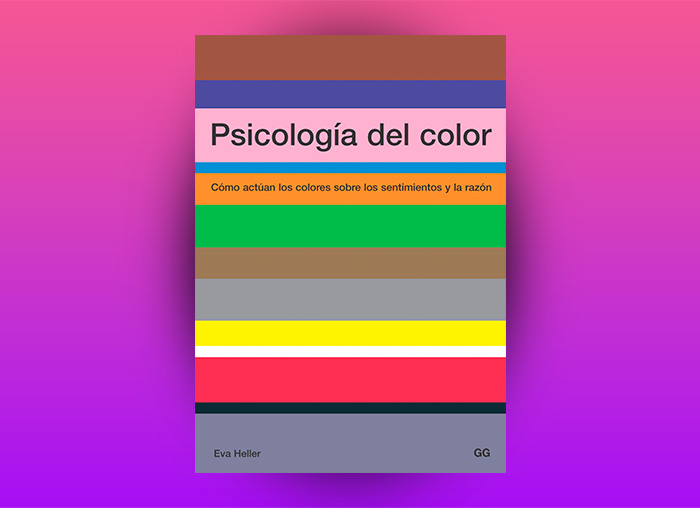
The German Eva Heller was a sociologist, psychologist and professor of theory ofcommunication and the psychology of colors. Based on her experiments, she wrote the book on the psychology of color, in which she explains how each of them can affect moods. For this, a sample of up to 2,000 people from all over Germany was consulted.
One of the conclusions she drew was that each color acts on each person differently, for some people the green color, for example, can be healthy; on the other hand, for others, tranquilizer or even poisonous. That is why this book is ideal to know how we can get to use a color: from a design of a letter from a bar to a logo of a large company.
“A Type Primer”, by John Kane
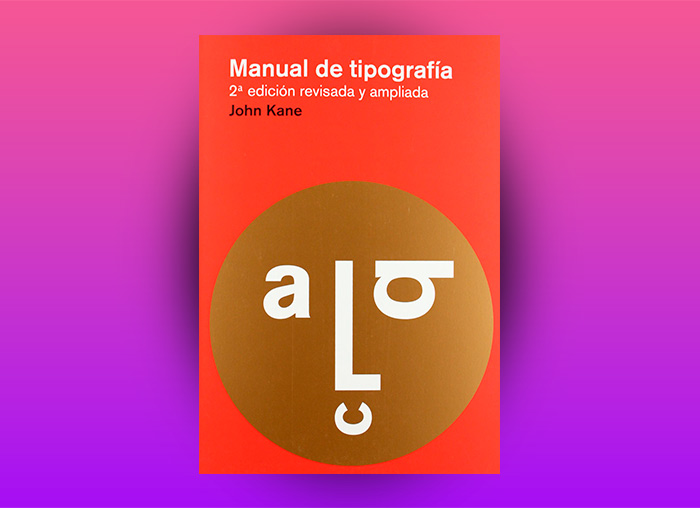
John Kane, professor of typography and design at a major university in Boston, is the author of several well-known books. This one is an introduction for any student and graphic designer on basic principles of typography, from history, through theory and practice.
The second edition reviews contents of the first and adds several important details such as the composition of texts, the choice of letters and the use of color in them. It is an ideal book to know how to differentiate and choose different letters based on the use you want to give them. And remember that for a long time there is typographies that never get old.
“Meggs' History of Graphic Design”, by Philip Meggs

The graphic designer, professor and historian Philip Meggs is the author of several books on graphic design. This book is essential for all those who want to have a knowledge about graphic design in history. He was one of the first educators to create an overview of the history of graphic design that did not depend exclusively on the structure.
In this book you will not only find modern typography design, but also chapters that deal with the origins of printing and typography, as well as the invention of alphabets and writing.
“The laws of simplicity”, by John Maeda
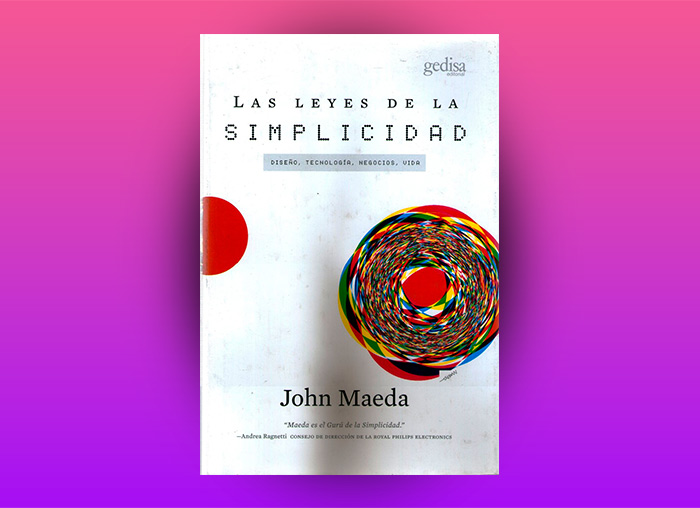
Graphic designer John Maeda, visual artist and computer scientist, has written this book to explain why the industry should create more easy-to-use gadgets, since that is what we are looking for today: simplicity, but with sense.
More and more of us want, with a simple element, to do more; For example, the mobile phone: we want a device that communicates with others, but also have internet to search for information or even get to see a movie. All in one. Maeda tells us here what the 10 laws of simplicity are and the most important for him is 10, THE ONLY ONE: "Simplicity consists in subtracting what is obvious and adding the specific”.
“ The Art Of Looking Sideways”, by Alan Fletcher
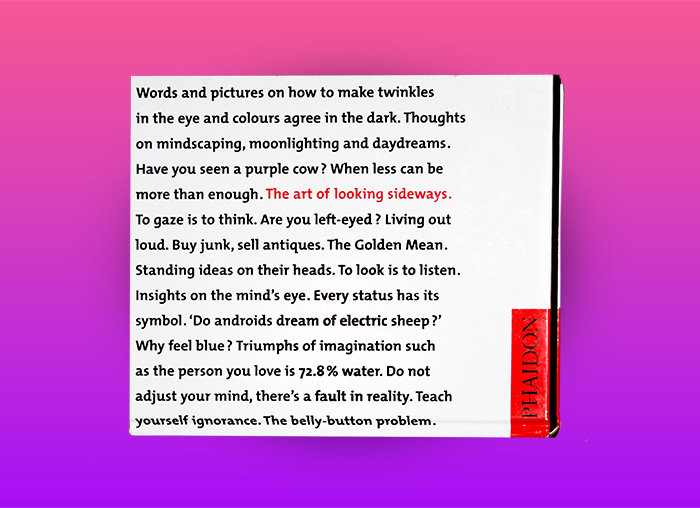
Alan Fletcher, one of the most influential graphic designers of his time, is one of the founding partners of the legendary independent design consultancy Pentagram. As expected, this book virtually touches perfection talking about fonts, spaces and other elements. What most attracts the attention of this work is that, to do so, it does not repeat a single page typographically.
Fletcher describes this book as a "collection of fragments"; There are more than 1,000 quotes from other designers, writers and artists who have served as inspiration, in addition to many anecdotes. The book has neither beginning nor end, it is written especially to be able to be read from any page, no matter where it is opened, and to give a different vision to everyone who reads it, not only to professionals in the field of design, but also in a personal level.
“Psychology for creatives”, by Frank Berzbach

Frank Berzbach is a professor of psychology and pedagogy. In this book he explains how to survive work, from workers at home to the office, as well as how to keep the ingenuity and expectations for customers. Also, analyze with humor the factors that condition the performance and how to manage time productively.
“How to be a graphic designer without losing your soul”, by Adrian Shaughnessy
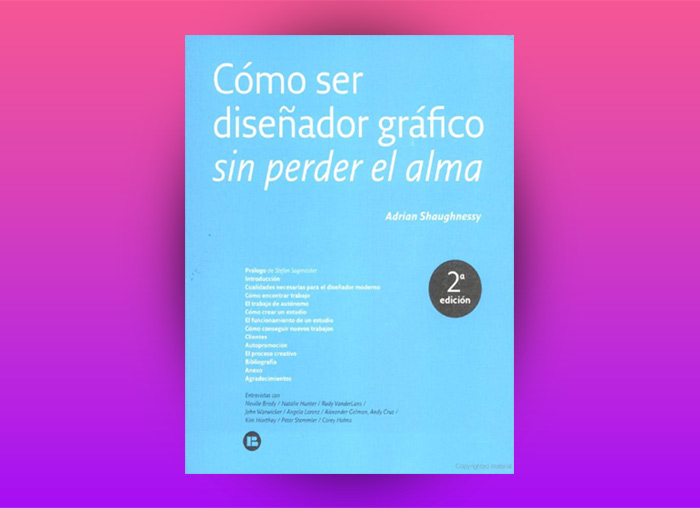
Adrian Shaughnessy, designer and writer, gives us advice from his experience of how to do jobs that fill us psychologically and also make money with them. A self-help book, it could be said, but arguing with precision the advantages and virtues of being a graphic designer; It also develops how to set up your studio from 0 adding the problems that there are when looking for work, customers and workers.
“Designing Brand Identity: An essential guide for the whole branding team”, by Alina Wheeler

Alina Wheeler is a brand designer who has written this bestseller that is already on its way to the 5th edition. The book is also in Spanish under the name of "Diseños de marca." It is a book divided into 5 parts that describe step by step easily and with simplicity.
It describes both how to create a brand from scratch, as well as give impulse to those that already exist. Alina, in this book, also gives us effective methods to achieve inspiration, as well as a series of tools to achieve success in brand design. It is a highly recommended book that should be on any shelf of any designer.
“Know your onions: How to Think Like a Creative, Act Like a Businessman and Design Like a God”, by Drew de Soto

Drew de Soto is the owner of Nancy Victor Gallery and director of Navig8 Ltd. This book is written, as its name suggests, to show the way to anyone who wants to be a great businessman, at the same time a great graphic designer, and to think as a creative. It is a practical and quick book to read, without pleasing others nor very technical.
“Grid Systems in Graphic Design”, by Josef Müller Brockmann

Josef Müller was a graphic designer and university professor. This book is also in Spanish under the name of "Sistemas de Retículas". Address the composition of the typography either in magazine, book, catalog, etc. This book seeks harmony between the graphic design of the typography and the images and illustrations that can be in any of its forms.




